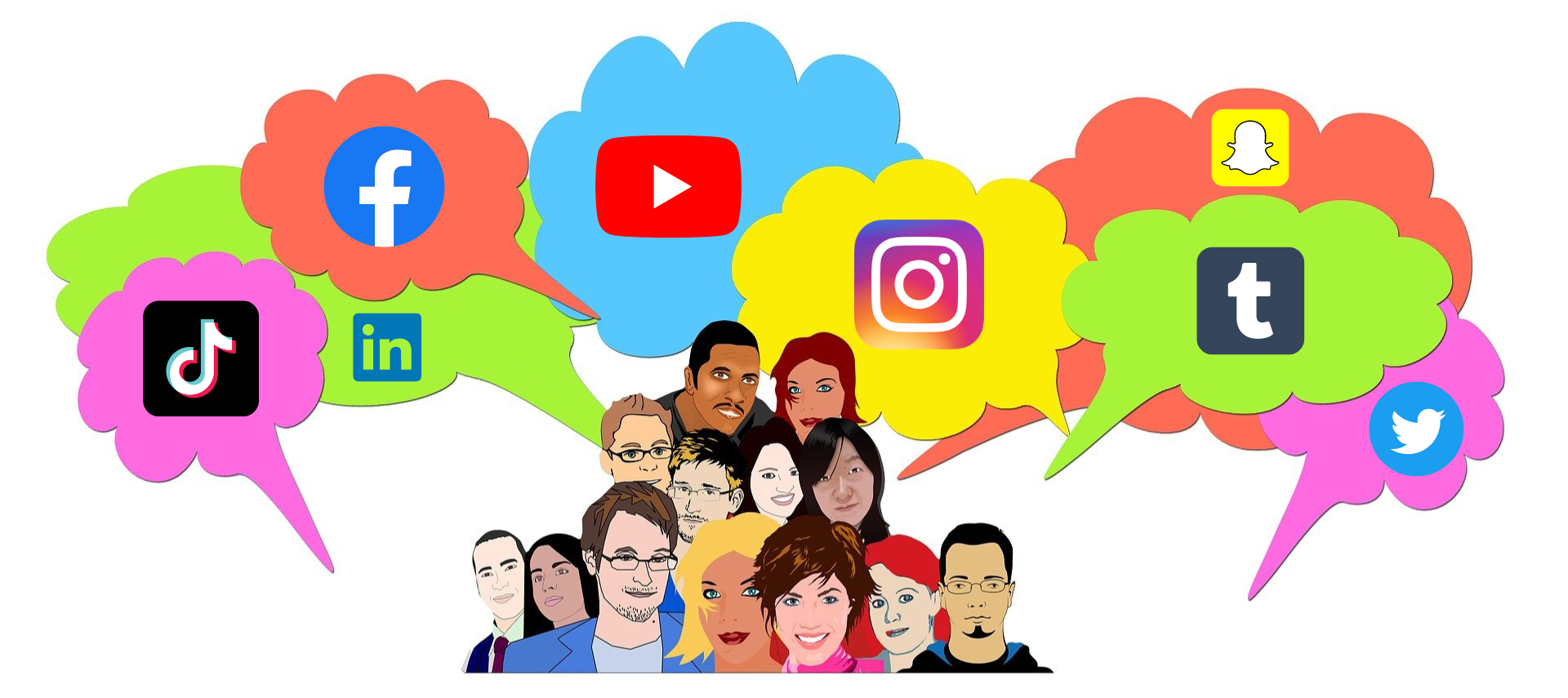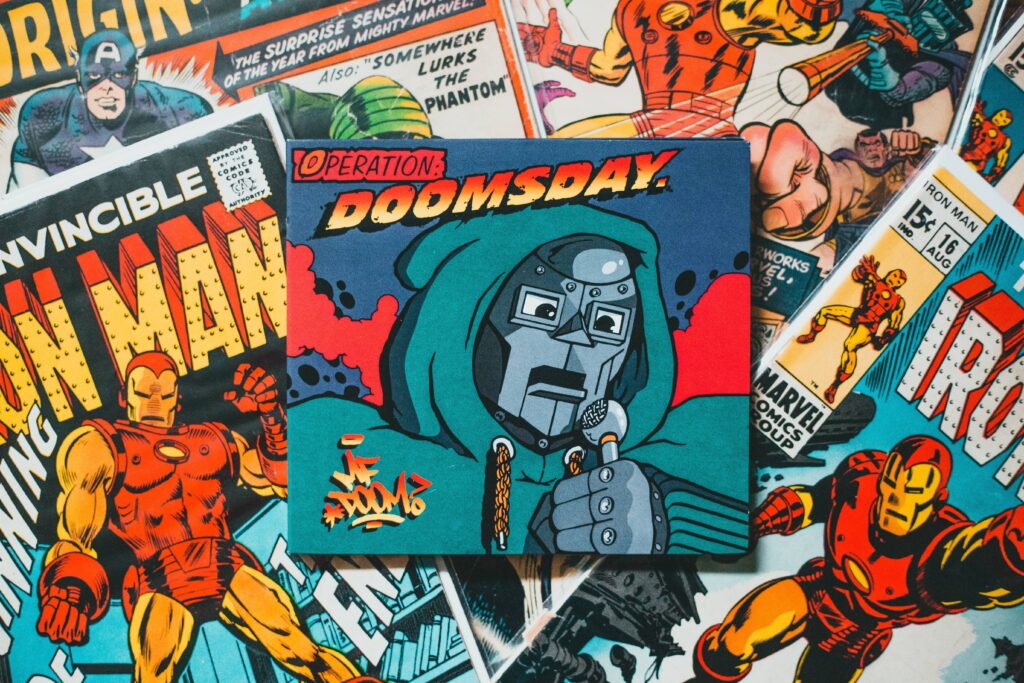
Social media has revolutionized how we consume and share comics, providing new opportunities for creators to reach wider audiences and monetize their work. From Twitter threads and Instagram posts to Facebook groups and YouTube videos, social media platforms have allowed comics to reach new audiences and connect with readers in ways that were previously impossible. In this article, we will take a closer look at how social media has impacted the comics industry and examine its impact on how we experience and share comics.
Expanding Audiences:
One of the most significant ways social media has impacted comics is by providing creators with new ways to reach new audiences. In the past, comics were primarily available in physical form at comic book stores, limiting their reach to niche audiences. But with the rise of social media, comics creators can now use online platforms to reach a much wider audience, making it easier for readers to discover and share comics that they might not have found otherwise. Social media also allows creators to interact directly with readers, fostering a sense of community and deeper connection between creators and fans.

Social media has also made it easier for readers to discover comics that align with their interests. Online platforms like Twitter and Facebook allow readers to connect with others who have similar interests, making it easier for them to find comics that align with their passions. Additionally, social media has made it easier for readers to discover comics from diverse creators, highlighting the work of women, people of color, and other marginalized groups that have traditionally been underrepresented in the industry.
New Ways of Experiencing and Sharing Comics:

Social media has also led to new ways of experiencing and sharing comics. Platforms like Instagram and YouTube have allowed comics creators to share their work in new and innovative ways, such as posting panel-by-panel breakdowns of comics on Instagram, or creating animation videos of comics on YouTube. This has provided readers with new ways to experience comics and has also allowed creators to expand their reach and gain new audiences.
Monetization:
Social media has also had a significant impact on the ways comics are monetized. In the past, comics were primarily sold in physical form through comic book stores. However, with the rise of social media, it has become easier for creators to sell their comics directly to readers through online platforms, cutting out traditional middlemen. This has allowed creators to keep more of their earnings and has also made it easier for readers to purchase comics directly from creators, allowing them to support their favorite comics directly.

Some examples of how social media has helped monetize comics include:
- Direct Sales: Social media platforms like Instagram, Twitter, and Facebook allow comics creators to connect directly with readers and fans, which makes it easier for them to sell their comics directly to readers.
- Patreon: a platform that allows creators to monetize their content by creating a subscription-based model where readers can support creators with a monthly or per-project basis.
- Webtoons: comics originally published on the web, and platforms like Tapas, Webtoons, and LINE Webtoon allow readers to directly support their favorite comics by purchasing in-app currency.
- Streaming Service: services like Netflix, Amazon Prime Video, and Disney+ have also helped monetize comics by adapting comics into live-action and animated shows, which also created more exposure for the comics and their creators.
- Virtual Store: Online virtual stores like Comixology, Amazon Kindle comics and more, allow readers to buy comics digitally.
- Online Store: Social media is also a powerful tool for promoting and selling merchandise like T-shirts, mugs, and other merchandise related to comics.
Crowdfunding:
Another example of how social media has changed the comics industry is through the use of Kickstarter and other crowdfunding platforms. In the past, comic creators would often have to rely on traditional methods of funding such as loans or investors, but with the rise of crowdfunding platforms like Kickstarter, creators can now fund their comics directly from readers and fans. This has allowed many creators, especially independent and new talent, to produce their comics and graphic novels and bring their ideas to life without the need of traditional publishers or venture capitalist.

Kickstarter has also helped creators to build a community around their projects and connect with fans in a more direct way. By using platforms like Kickstarter, creators can involve readers and fans in the creative process and offer them rewards for supporting the project such as early access, signed copies or even being featured in the comic book. This has provided creators with new ways to monetize their comics and it has also made it easier for readers to get access to comics that they want to see made.
Some examples of successful crowdfunded comics include:
- “The Oatmeal” by Matthew Inman, which raised over $1.4 million on Kickstarter in 2011, to fund the printing and distribution of the first book collection of the popular webcomic.
- “Saga” by Brian K. Vaughan and Fiona Staples, which raised over $41,000 on Kickstarter to fund the printing and distribution of the first trade paperback collection of the critically acclaimed comic series.
- “The Adventures of Superhero Girl” by Faith Erin Hicks, which raised over $57,000 on Kickstarter in 2012 to fund the printing and distribution of the first book collection of the popular webcomic.
- “The LastLook” by Jon Hughes which raised over $15,000 in 2020 on Kickstarter, this graphic novel that is described as “a deeply personal and emotional story”
- “Fried Rice” by Justin Peterson, which raised over $16,000 in 2019 on Kickstarter, a graphic novel that described as “a coming of age story set in the Chinese restaurant industry”
- “Strangers in Paradise XXV” by Terry Moore, which raised over $234,000 in 2017 on Kickstarter, a crowdfunded series of the popular comics series “Strangers in Paradise”
- “The Manara Library” by Milo Manara, which raised over $400,000 on Kickstarter, a campaign to translate, publish and distribute Manara’s comics work in English
These are just a few examples of the many successful crowdfunded comics, but it’s clear that this method of funding has played a significant role in the comics industry, enabling creators to produce their comics independently and connect with readers directly.
In addition, Crowdfunding has also helped comics creators to bring comics to a wider audience, through the use of digital distribution. Kickstarter and other crowdfunding platforms, enables comics creators to easily distribute their comics and graphic novels in digital format, making them accessible to readers around the world. This has also enabled creators to reach a new and more diverse audience, as digital comics are more easily shareable than physical ones, and readers can purchase and read.
Social media has had a overwhelming impact on the comics industry, providing new opportunities for comics creators to reach wider audiences and monetize their work. From expanding audiences to new ways of experiencing and sharing comics, social media has changed the way we consume and share comics, and it will continue to shape the industry in the future.





